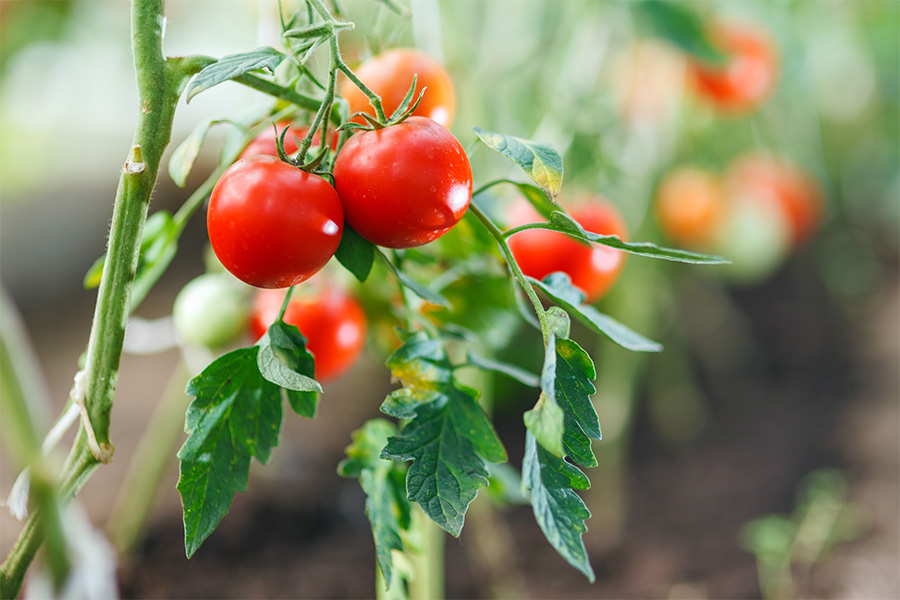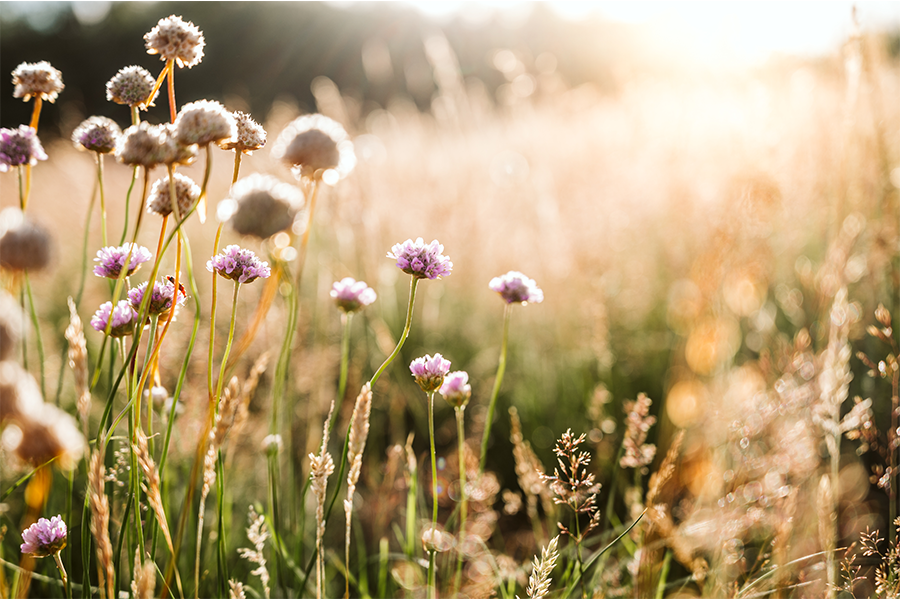Annuals
-

Landscape professionals must consider many factors when choosing the right flowering annuals to plant for a particular location. Primary considerations include high visual impact, consistent bloom for color, foliage for texture and color, sun exposure, growth habit and low-water tolerance. Cost plays an important role as well. Many landscapers typically choose common annual ornamentals and tropical perennials marketed as annuals. Particular species and cultivars tend to be favored over others for a variety of reasons; these are the bread-and-butter plants, such as cool-season pansies and warm-season petunias. Because of this, staple plants tend to be planted year after year, often in the same bed – a recipe for disease build-up, pesticide applications, loss of plants, plant replacement, dissatisfied customers, and ultimately, lower profit margins. This publication explains how to effectively use crop rotation and cultural practices to reduce disease incidence in seasonal color beds.
Jean Williams-Woodward and Bodie V. Pennisi
|
-

B 1271
Georgia Homegrown Tomatoes
This publication discusses the basics of growing tomatoes successfully, as well as avoiding common problems encountered by the home gardener.
Bob Westerfield
|
-

New ornamentals have long been considered the lifeblood of the green industry. This publication contains recommendations for best-performing new annuals based on research conducted at the Trial Gardens at the University of Georgia, showcasing the plants that were awarded Classic City Awards in 2020.
John M. Ruter, Bodie V. Pennisi, and Brandon C Coker
|
-

New ornamentals have long been considered the lifeblood of the green industry. This publication contains recommendations for best-performing new annuals based on research conducted at the Trial Gardens at the University of Georgia, showcasing the plants that were awarded Classic City Awards in 2019.
John M. Ruter, Bodie V. Pennisi, and Brandon C Coker
|
-

This publication showcases the plants that were awarded the “Classic City Award” in 2015.
John M. Ruter, Meg E. Green, and Bodie V. Pennisi
|
-

This publication showcases the plants that were awarded the “Classic City Award” in 2013.
John M. Ruter, Meg E. Green, and Matthew Chappell
|
-

This publication showcases the plants that were awarded the “Classic City Award” in 2014.
John M. Ruter, Meg E. Green, and Matthew Chappell
|
-

This publication is a comprehensive guide to growing and identifying native wildflowers suitable for planting in Georgia. The term “wildflower” in this publication is a general term used to define both annual and perennial native herbaceous plants with showy flowers that have evolved with an ecosystem and grow naturally without either direct or indirect human intervention.
NOTE: This publication is large and may take several minutes to load.
Bodie V. Pennisi
|